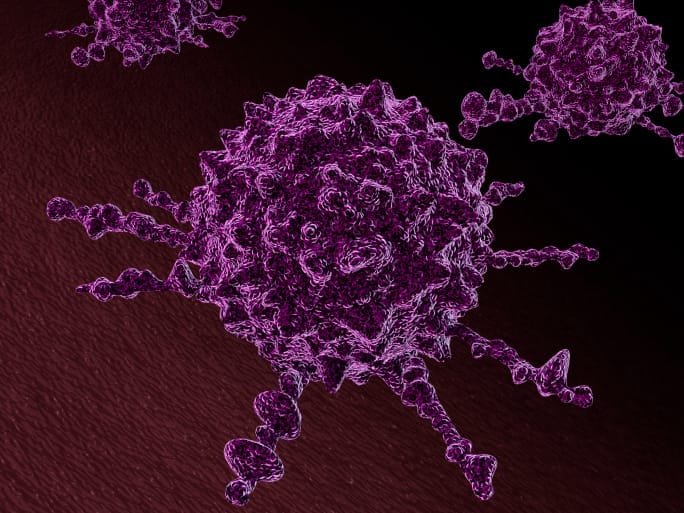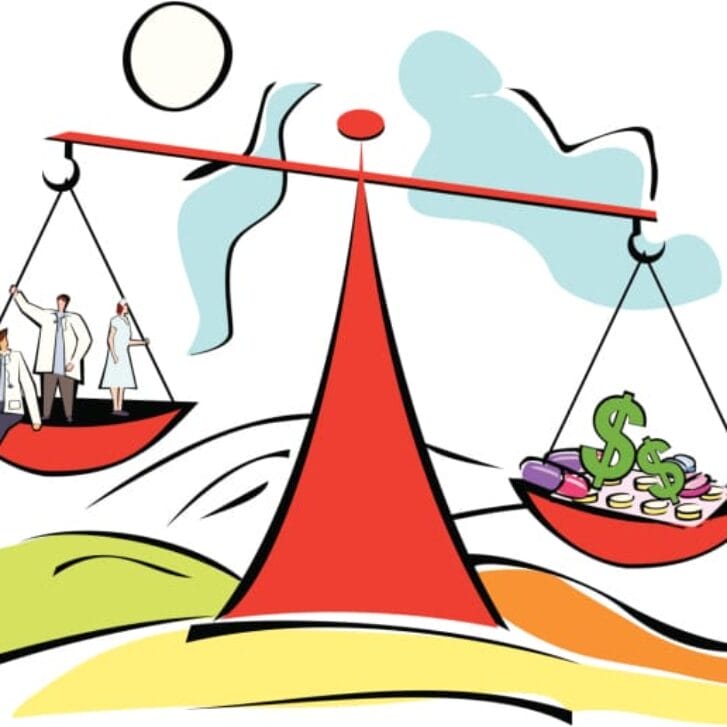My prior blog posts addressed the costs of cancer care and its value. Many of the new treatments have an incremental cost-effectiveness ratio (ICER) that far exceeds what health care policy makers consider cost-effective. These drugs may add a few months to a patient’s life, but the question becomes: Are the costs of these drugs worth it? And who decides?
There are home runs that have been achieved in targeted cancer drug therapy. Novartis’ Gleevec stops chronic myeloid leukemia in its tracks, turning a deadly disease into a chronic one, but patients need to take it for the rest of their lives at a cost of more than $75,000 a year. A great book recently published on the history of this condition and what it took to get Gleevec to market is The Philadelphia Chromosome. (Pick it up if you get a chance; it reads like a who-done-it thriller.)
Gleevec aside (and continuing with the baseball analogy), pharmaceutical companies continue to develop drugs that are more likely to turn into singles and doubles than into home runs.
Drug-makers say that the high prices of these drugs reflect the investment in research and development, and also incorporate the value of the drug to patients.
In the U.K., payers such as the National Healthcare System originally balked at paying for high-cost drugs that delivered minimal benefits, but the National Institute for Health and Care Excellence (NICE), the body that evaluates the incremental cost-effectiveness ratio, backed down recently after an uproar from the cancer patient communities. NICE revised its non-coverage/nonpayment determination, stating that as long as the costs of these drugs were a fraction of the total health care spending during the year, it would pay for them.
So where does the U.S. stand? Clinicians from some of the leading medical institutions refuse to pay more for cancer therapies that do not deliver an improvement in outcome over less expensive therapies, yet insurers in the US would rather cut costs in other areas than touch the coverage and payment issues for cancer therapy. Acute life and death decisions are a hot potato.
In the short term, insurers, health care providers and the medical community will ratchet up comparative effectiveness research at the margins to determine if more expensive therapies improve clinical outcome compared to available therapies. If they do not, the less expensive therapy will prevail.
Longer-term, explicit cost analysis and value—some form of ICER—will likely become part of the standard analysis for coverage and payment similar to what is occurring in the UK.
Editor’s note: The Wharton Health Care Management Alumni Association (WHCMAA) and its President Jeff Voigt are holding a roundtable discussion at Wharton on Sept. 17, 2013, with experts of divergent views discussing what likely may happen. The panel will also be beamed live to those who would like to participate and ask questions remotely. Registration is available on the WHCMAA website. Tune in for more on this relevant topic.


























